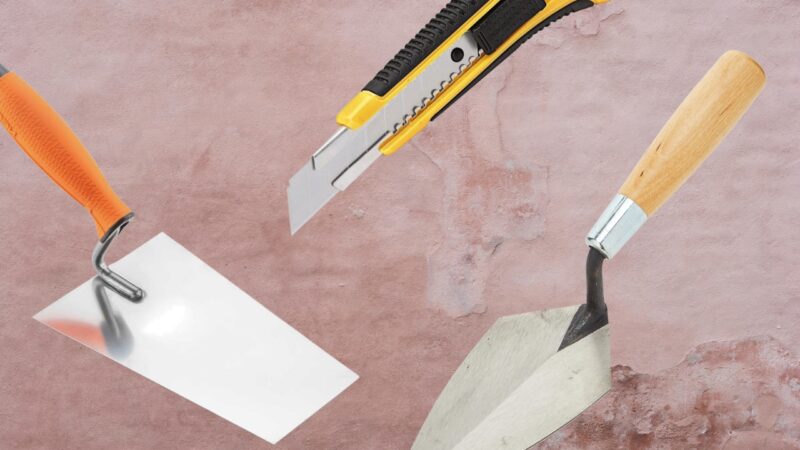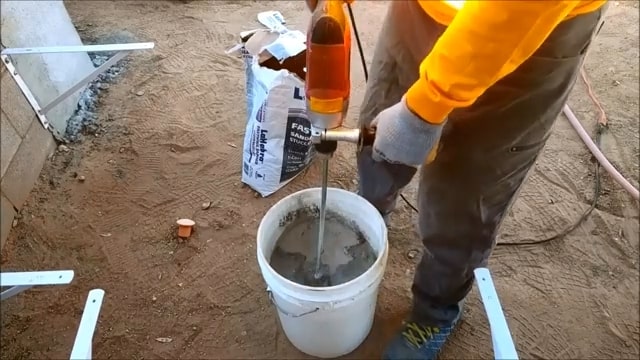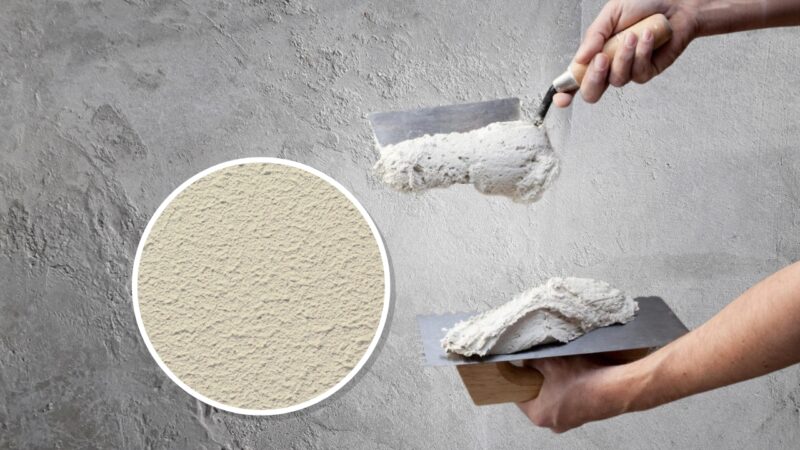Stucco is a versatile and durable finishing material that has been used in building construction for centuries. Not only does it provide an aesthetically pleasing look to structures, but it also offers an array of practical benefits, including excellent durability, low maintenance, and good resistance to fire and weather.
In this comprehensive guide, we will walk you through everything you need to know about stucco installation – from basic concepts to detailed procedures and essential guidelines.
The Basics
Stucco, also known as render, is a type of building material made from cement, sand, lime, and water. It is widely used for exterior and interior finishing in residential and commercial buildings. Stucco’s charm lies in its durability, versatility, and the distinct aesthetic appeal it offers.
Benefits of Stucco
This building material is not just about looks. It offers multiple benefits that have helped it retain popularity over centuries:
- Durability: It is resistant to both fire and weather, making it an excellent choice for both internal and external applications.
- Low Maintenance: Unlike other materials, it doesn’t require frequent repainting or reinstallation.
- Versatility: It can be applied to both concrete and brick structures and can be molded into various shapes to create unique architectural details.
Types
The two main types of stucco are traditional and synthetic.
- Traditional: This is a mixture of sand, Portland cement, lime, and water. It’s known for its durability and breathability.
- Synthetic: Also known as Exterior Insulation and Finish Systems (EIFS), synthetic variation is a multi-layered stucco system that uses a foam insulation board, a water-resistant base coat, and a textured finish coat.
Tools and Materials

Before you begin the installation project, it’s crucial to gather all the necessary tools and materials.
Tools
The following tools are essential for stucco application:
- Hawk: A flat square plate for carrying the mix.
- Trowel: A flat, metal tool used to apply and smooth stucco.
- Float: Used for the final smoothing of the surface.
- Utility knife: For cutting and shaping the mesh.
Materials
Here’s a list of essential materials you’ll need:
- Stucco mix: This can be either traditional or synthetic.
- Lath (Wire or Fiberglass mesh): This is a foundational layer that helps the stucco adhere to the surface.
- Weather-resistant barriers (WRBs): These materials are applied over the sheathing to protect it from water damage.
Installation Procedure
Now that we understand what stucco is and what tools and materials we need let’s dive into the installation procedure.
Preparation
Preparation is crucial for the successful application of this building material. The surface must be clean, free of dirt, debris, and loose paint. If you’re applying stucco over a painted surface, you’ll need to sandblast or pressure-wash it first to ensure proper adhesion.
Installing the Weather-Resistant Barrier
First, install a layer of weather-resistant barrier over the sheathing. This will protect your building from water damage. This layer should overlap at the seams to ensure complete coverage.
Applying the Lath
The lath is the foundational layer that helps the stucco adhere to the surface.
Choosing the Right Lath
Choose your lath according to the type of surface. Wire lath is best for wood structures, while fiberglass mesh is preferred for concrete or masonry surfaces.
Installing the Lath
The lath should be installed over the weather-resistant barrier. Make sure to fasten it securely and ensure it’s flat and even. The lath should extend around corners for at least 16 inches to prevent cracking at these critical points.
Mixing

The next step is mixing the stucco. This step is vital to achieve a consistent, durable finish.
Ingredients and Ratios
The traditional stucco mix is 1 part Portland cement, 1/2 part lime, and 4 to 5 parts sand, mixed with enough water to create a workable consistency.
Mixing Procedure
Add the dry ingredients into a mixing tub and gradually add water while stirring until the consistency is like a thick paste. Avoid over-watering, as it can weaken the mixture.
Applying
Stucco application is typically done in three coats: the scratch coat, the brown coat, and the finish coat.
The Scratch Coat
The scratch coat is the first layer of stucco, applied directly to the lath. It should be 1/4 to 1/2 inch thick. This coat needs to be scratched or scored to create a mechanical bond for the next coat.
The Brown Coat
The brown coat is applied over the scratch coat. This coat is used to smooth out the surface and prepare it for the finish coat.
Curing
Stucco needs to be properly cured to reach its maximum strength and durability.
Curing Time
Each coat of stucco needs to be cured before the next one is applied. Allow 48 hours for the scratch coat to cure and 7 days for the brown coat.
Curing Process
During the curing process, the stucco needs to be kept moist. This can be done by lightly misting the surface with water several times a day.
Applying the Finish Coat
The finish coat is the final layer of stucco and is responsible for the texture and color of the finish.
Choosing the Texture
There are numerous textures you can choose for your finish coat, such as smooth, dashed, and pebbled. The texture you choose will depend on your aesthetic preferences and the architectural style of your building.
Applying the Finish Coat
The finish coat is applied with a trowel and is typically 1/8 to 1/4 inch thick. For textured finishes, special techniques such as floating or dashing are used.
Maintenance and Repair
After installation, stucco requires minimal maintenance, and if properly taken care of, it can last for many years.
Regular Maintenance
Stucco finishes should be regularly inspected for cracks or signs of water damage. Minor cracks can be fixed using a high-quality caulk, while more significant issues may require professional repair.
Repairing
The repairs should be carried out as soon as damage is spotted. Smaller repairs can be done by cleaning the damaged area, applying a new layer of stucco, and allowing it to cure before painting.
FAQs
Why Choose Stucco Siding?
This siding is durable, requires minimal upkeep, and offers homeowners plenty of options for customization. It’s a popular choice for exterior walls. Whether a stucco finish is right for your home largely depends on your aesthetic preferences and functional needs.
How Is Stucco Installed?
The installation involves several layers of application. The process can be difficult and time-consuming. It starts with applying a bonding agent or stucco wrap, followed by a scratch coat, a brown or leveling layer, a finish coat, and finally, painting.
Can I Install Stucco Myself?
While savvy DIYers can learn how to install it on their own, the process can be difficult and time-consuming. Casual DIYers may want to leave this task to a professional.
How Long Does Stucco Siding Last?
One of its main benefits is its durability. Even with minimal maintenance, this siding may last upwards of 50 years in most climates. To keep it looking great, you should repair minor cracks and clean it regularly with a pressure washer. Consult The Jet Co Pressure Cleaning Sydney for professional pressure washing advice. It may also be repainted whenever necessary.
Is Stucco Cheaper than Other Types of Siding?
Whether it’s cheaper to apply it or another type of siding depends in part on your choice of material. Basic vinyl siding is typically less expensive than basic stucco, but prices increase for both products as the quality of the material goes up.
Wood siding is another popular option for home exteriors, but it’s typically more expensive and often requires more maintenance over its lifetime.
Can Stucco Be Painted?
Yes, once all the stucco material is sufficiently dry and hard, which may take several weeks, it can be painted. This allows for further customization and refreshing of the home’s exterior look.
Final Words
Remember, while DIY stucco installation is possible, hiring professionals can ensure a smooth, efficient, and effective installation. In any case, with the guidelines provided in this article, you now have a comprehensive overview of the stucco installation process.
Discover comprehensive information about CBS in construction and its significance in the construction process.
